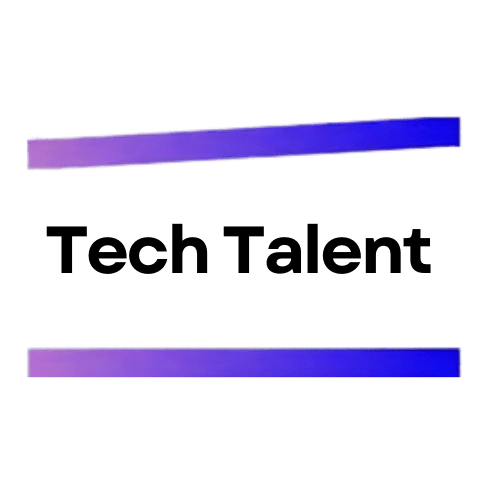Blind users face significant challenges when navigating and using these apps. As software engineers, it is our responsibility to ensure that our applications are accessible to all users, regardless of their abilities. Building accessible apps for the blind not only promotes inclusivity but also opens up new opportunities for a significant portion of the population. By understanding the challenges faced by visually impaired users and implementing accessible design principles, we can create applications that empower and enrich the lives of those with visual disabilities.
Common Accessibility Challenges for the Visually Impaired
Before addressing solutions, it’s crucial to grasp the common accessibility issues faced by visually impaired individuals using mobile apps. One major challenge involves user interfaces (UIs) often tailored for sighted users, complicating navigation through menus, buttons, and links without adequate accessibility features like screen readers. Moreover, inconsistent app designs can pose adaptation challenges. The absence of alt-text and audio descriptions for visual elements further impedes user experience, leaving visually impaired users feeling disconnected and frustrated.
Implementing Screen Readers and Alternative Input Methods
Making an app accessible for the blind involves integrating screen readers. These tools convert on-screen text and visual elements into audible or tactile feedback. This enables visually impaired users to navigate and interact with the app effectively.
Popular screen readers such as VoiceOver (iOS) and TalkBack (Android) can be integrated into your app. This integration ensures a more inclusive experience for all users.
To enhance accessibility further, consider incorporating alternative input methods. Specialized keyboards, joysticks, and “sip and puff” devices allow users with physical disabilities to control and navigate the app with ease.
Optimizing Content and User Interface for Accessibility
Optimizing your app’s content and user interface is essential for ensuring accessibility for the blind. This involves labeling buttons and links clearly, enabling screen readers to accurately convey their functionality. Sound notifications can also notify users of changes or events, enhancing the overall experience. Additionally, structuring content with clear headings and shorter paragraphs improves readability for visually impaired users who rely on screen readers or text-to-speech software.
Embracing Inclusive Design Principles
Creating apps accessible to the blind isn’t just about adding features. It demands a shift to inclusive design thinking. Engage visually impaired users in design and development to understand their needs. Usability tests with them pinpoint accessibility hurdles for iterative enhancement. Keep updated on accessibility standards to ensure compliance and inclusivity amid technological shifts.
The Path to Digital Inclusion and Empowerment
Building accessible apps for the blind goes beyond compliance; it’s about digital inclusion and empowerment. Prioritizing accessibility breaks barriers, offering equal opportunities for accessing information, services, and entertainment. As technology evolves, software engineers must ensure inclusivity. Embracing accessible design and collaborating with the visually impaired enriches lives, fostering a more equitable digital landscape.

Explore TechTalent: Elevate Your Tech Career
Ready to take your interactive walkthrough skills to the next level?
TechTalent offers opportunities to certify your skills, connect with global tech professionals, and explore interactive design and development.
Join today and be part of shaping the future of interactive walkthroughs!
